Gelatin Dry Plate Object View
Gelatin dry plate negatives and transparencies have a thin, smooth glass support ranging 2-3mm thick. The glass had to be high quality, flat, colorless and free from flaws. Plates were manufactured and machine coated creating a very thin, even emulsion that extends to the edge of the glass support.

Dry plates have a glass support and the emulsion runs to the edge of the plate.
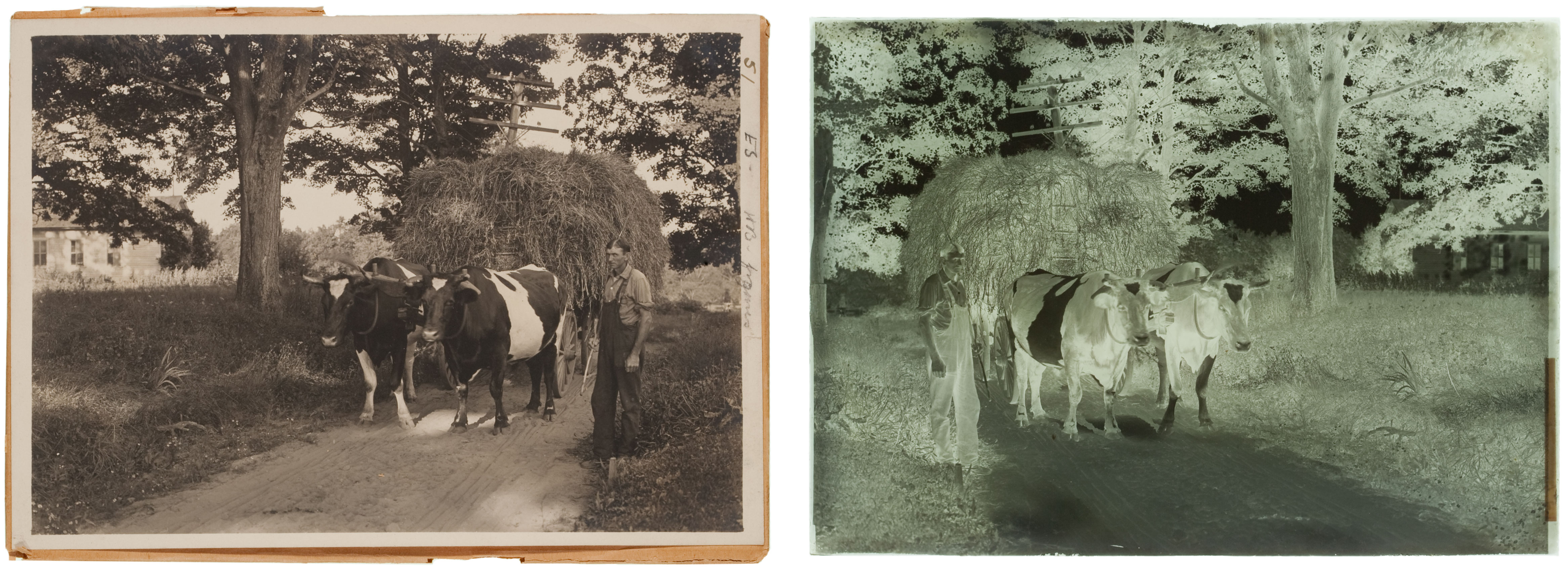
Shown here is a gelatin dry plate negative and corresponding silver gelatin DOP print.
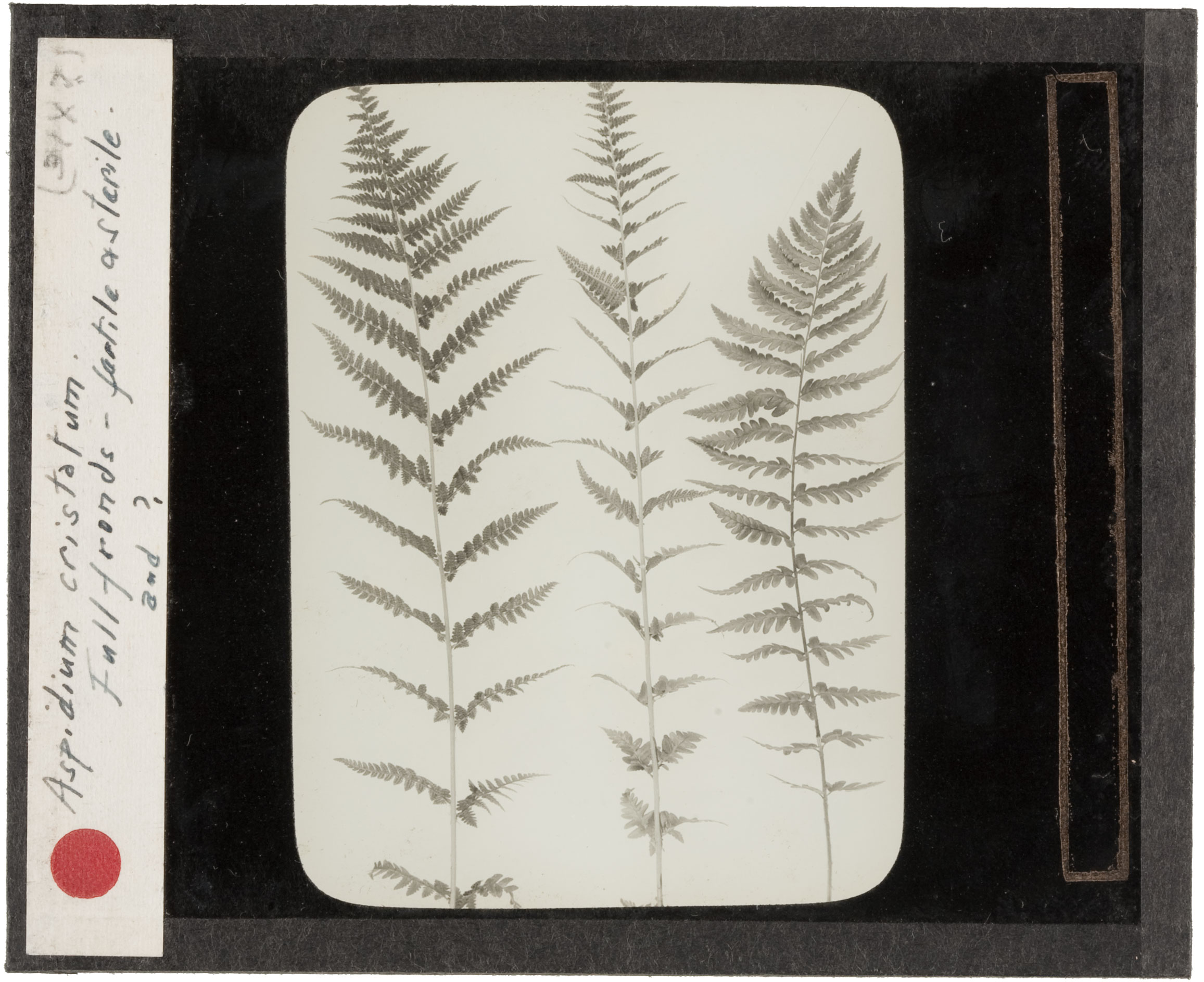
Transparencies have a glass support and typically a cover glass and mat which are bound together with paper tape.
Gelatin dry plate negatives typically have a neutral image tone due to the use of silver bromide and chemical development. After a brief exposure in the camera in which a latent image was formed the image was chemically developed forming relatively large, filamentary silver particles. The size and shape of these silver particles produce great opacity and a neutral black image tone.
Transparencies may have neutral or warm image tones depending on the emulsion chemistry, development, and possible image toning. Silver chloride emulsions called "gaslight" plates were slower with reduced light sensitivity and gave warmer image tones. Silver bromide-chloride and bromide-iodide emulsions also gave slightly warmer tones. Warm tones could also be achieved through a long exposure and developing in a weak or restrained developer, using a pyro-ammonia developer, or by chemical toning such as a sulfide toner. Silver bromide emulsion like those used for negatives yielded neutral tones. A wide range of image colors were also possible through toning with a variety of metals. For example potassium ferricyanide yielded blue tones; a solution of uranium nitrate and potassium ferricyanide could produce tones varying including brick red, dark chocolate brown, and reddish yellow. Adding glacial acetic acid to the solution would produce red tones.
The image color of negatives and transparencies can be affected by silver image deterioration. The most common forms of deterioration are oxidation and sulfiding of the silver image. Silver oxidation causes the image to shift toward yellow or yellow orange, causes a loss in image density, and causes silver mirroring. Sulfiding also results in loss of image and density a shift in image color toward yellow-brown or yellow-green. Mercury intensified plates can become lemon yellow.

Negatives typically have neutral image tones.

Silver bromide emulsions yielded neutral image tones in transparencies.

Warm image tones could be produced in transparencies in several ways including sulfide toning or using silver chloride emulsions. Lack of deterioration suggests sulfide toning was used here.
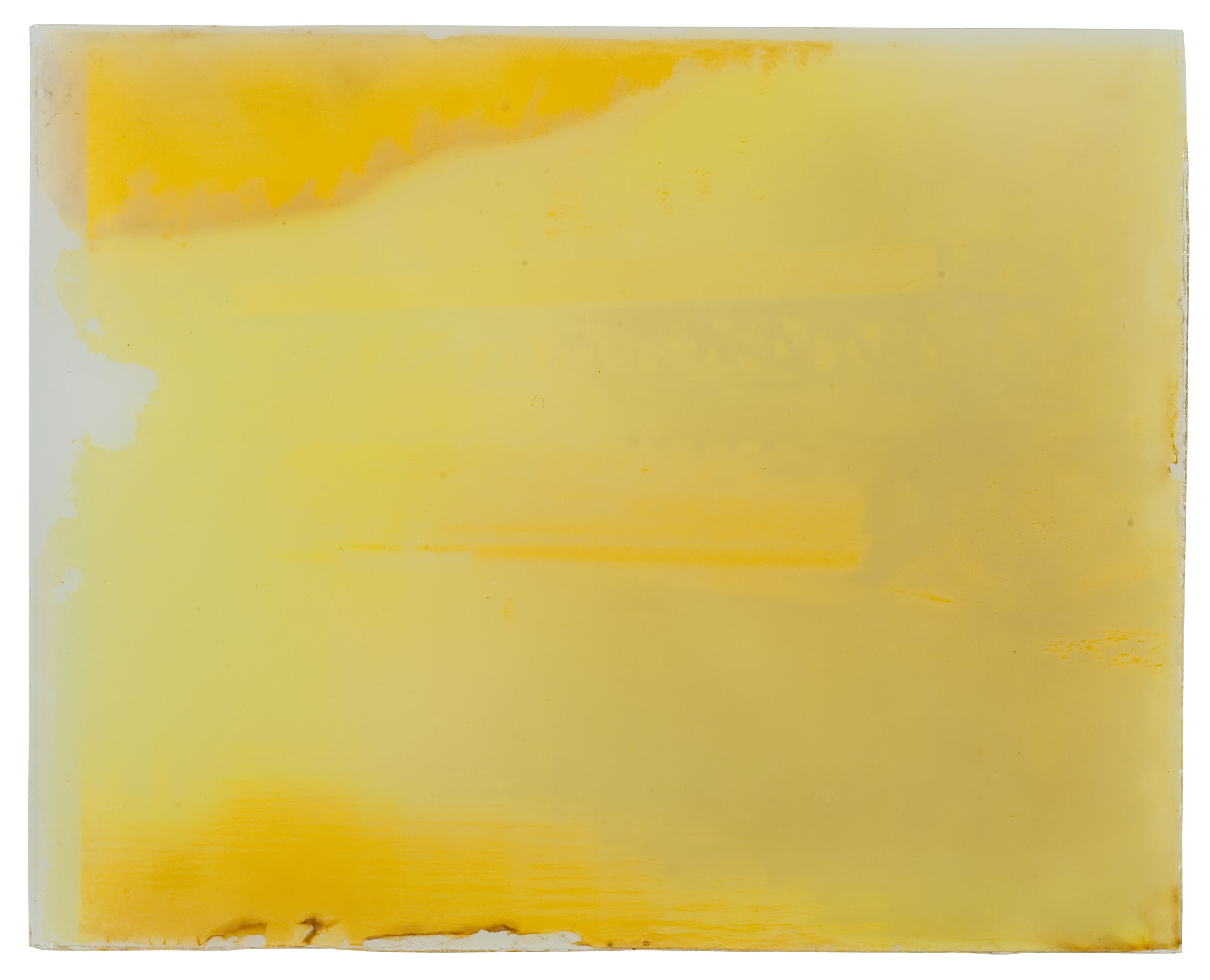
Overall lemon yellow staining is caused by the plate having been intensified with mercuric iodide during processing.
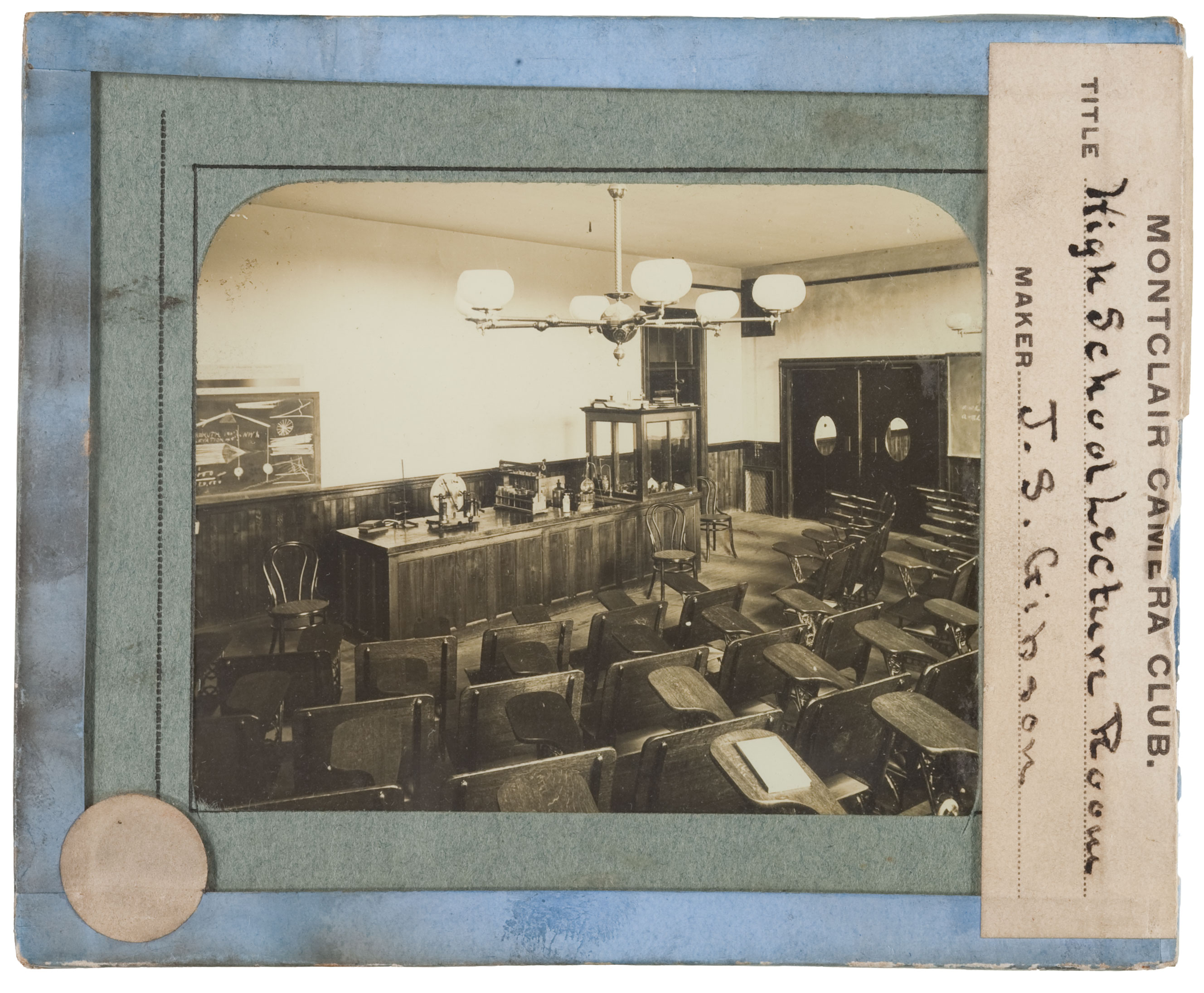
Transparencies are subject to silver image deterioration. This image is fading from the outside-in due to oxidation of the silver image caused by air pollutants.
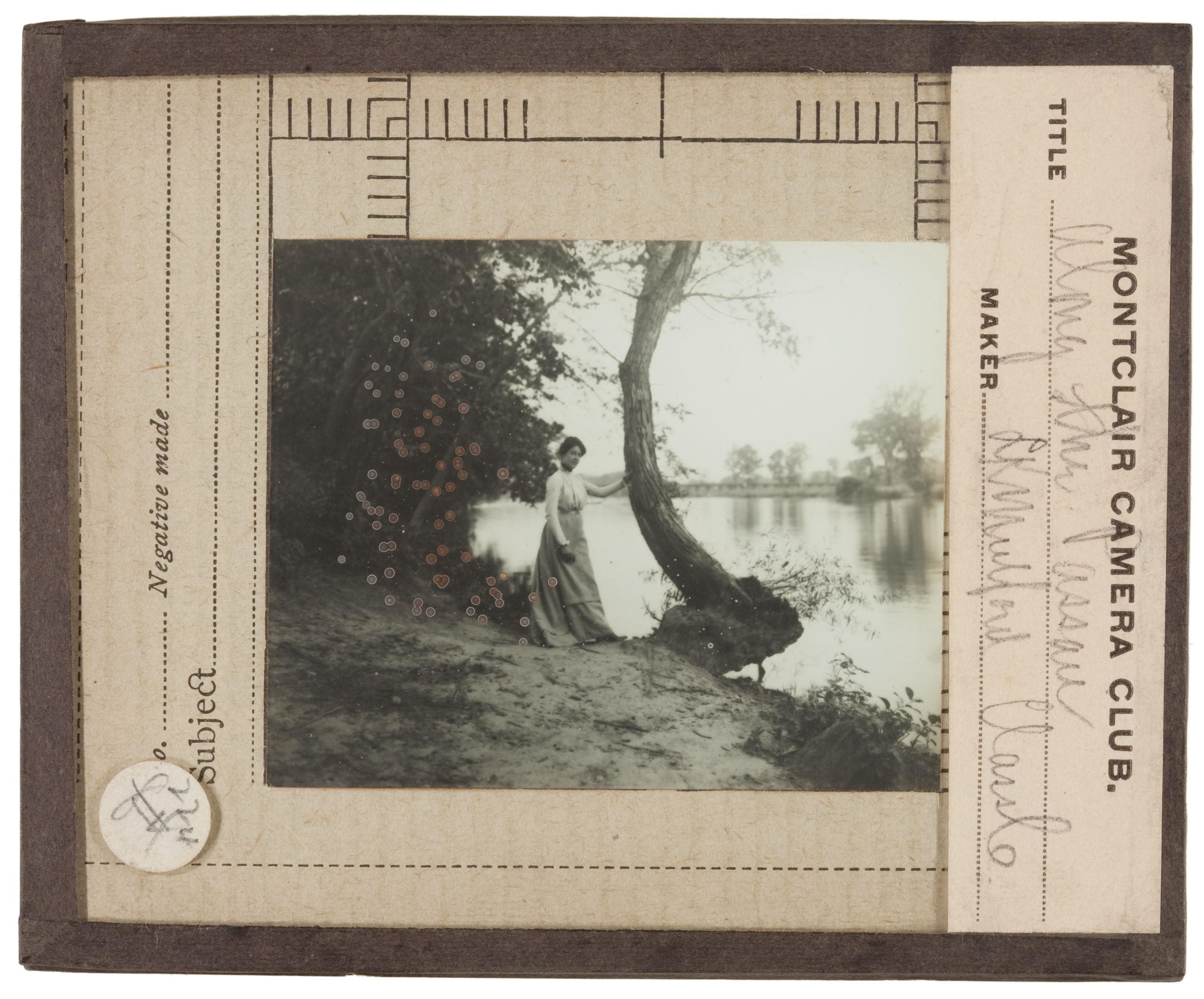
Transparencies as well as negatives also occasionally exhibit redox rings, a form of oxidation of silver caused by poor quality storage materials (peroxides) and environment (high RH).

Discoloration of the gelatin binder is also common.
- Common sizes: 4 x 5, 5 x 7, 5 x 8, 8 x 10, 10 x 12, 11 x 14
- Quarter size plate—3¼ x 4¼ inches
- Half plate (American), stereo plate, or cabinet plate—4¼ x 6½ inches
- Half plate (English)—4¾ x 6½ inches
- Whole plate—6½ x 8½ inches
- European—3 ¼ x 3 ¼ inches
- American—3 ¼ x 4 inches
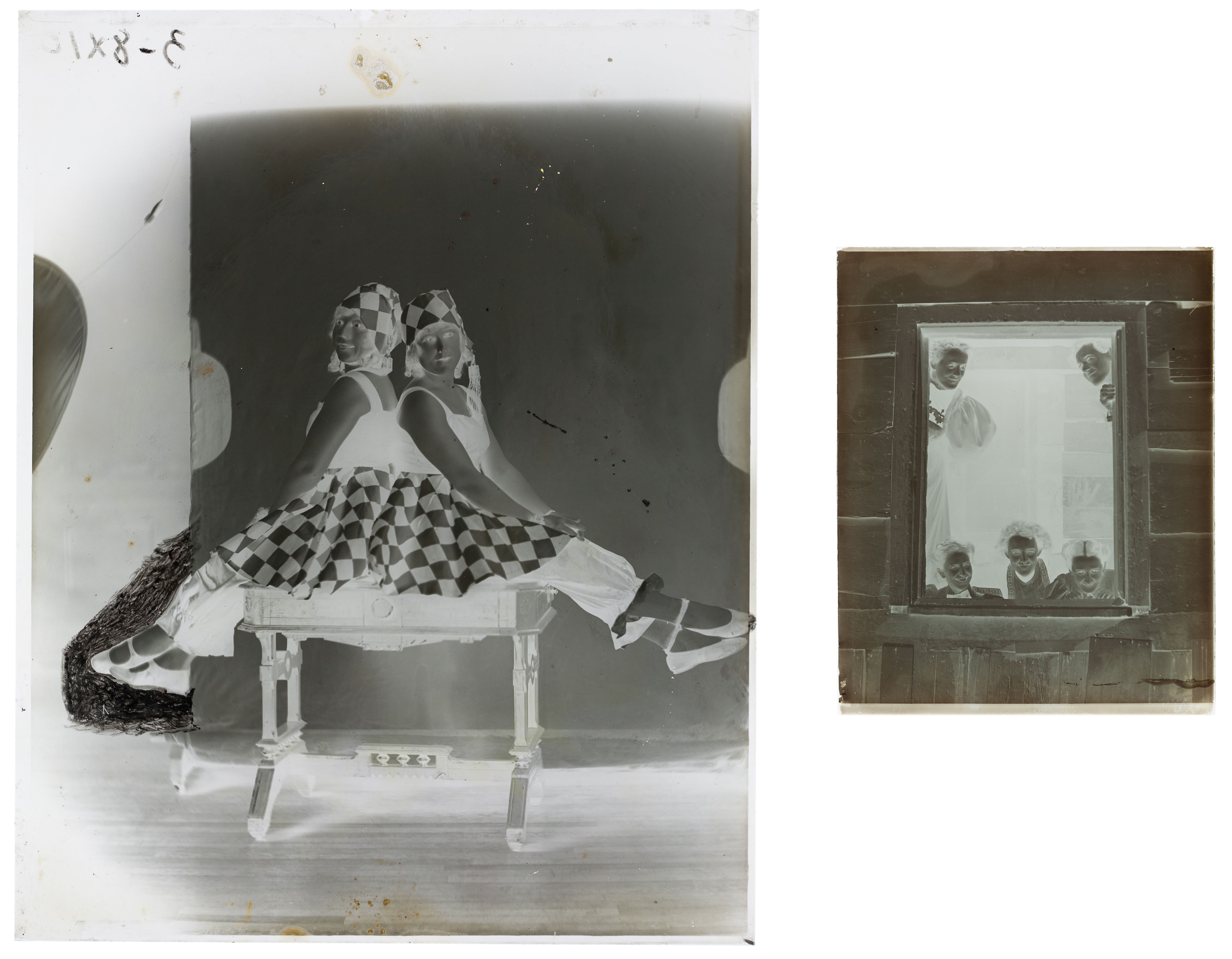
Negatives came in a variety of standard sizes. Shown here is an 8x10 inch negative and a 4x5 inch negative.
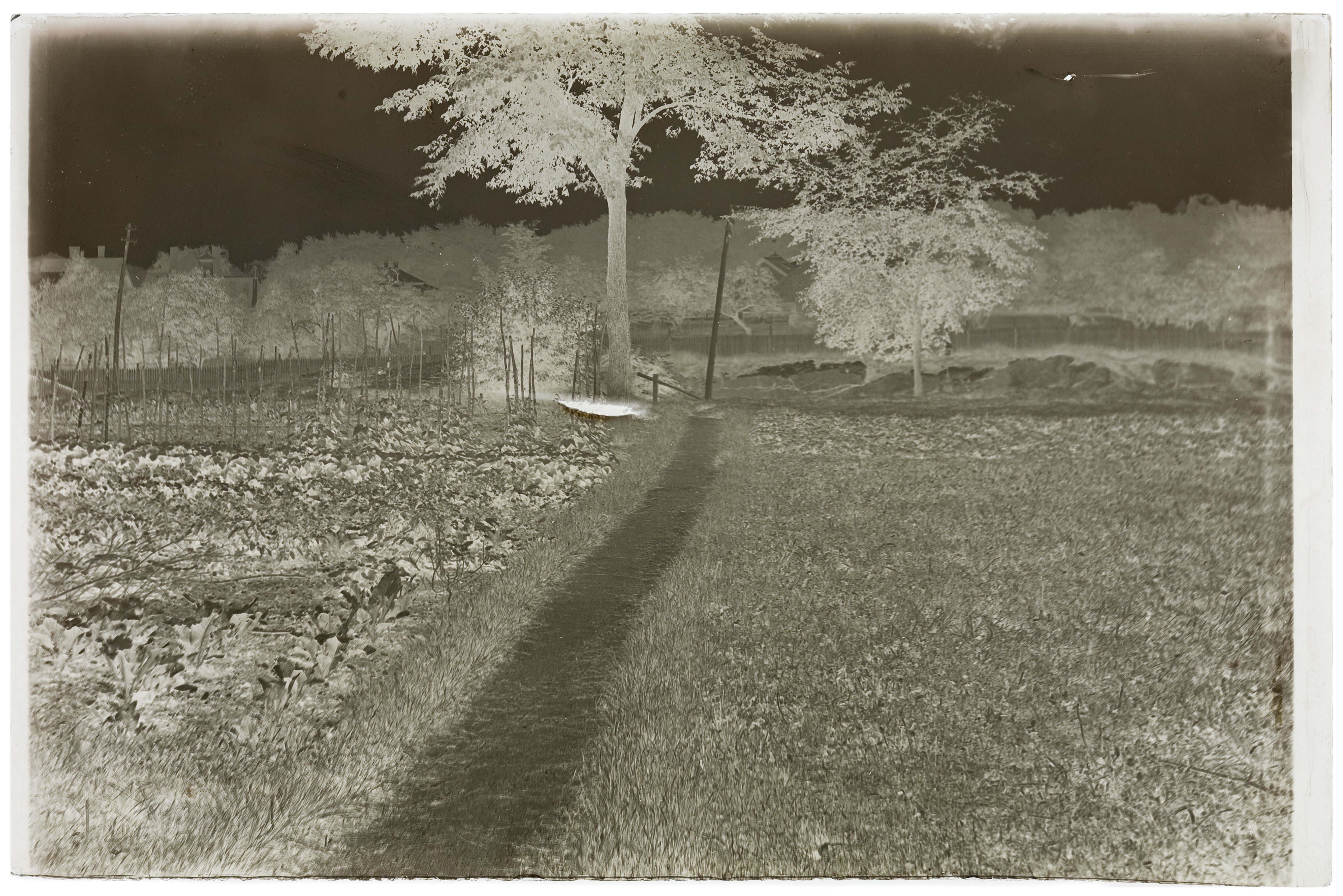
This negative is an American half plate measuring 4 ¼ x 6 ½ inches.
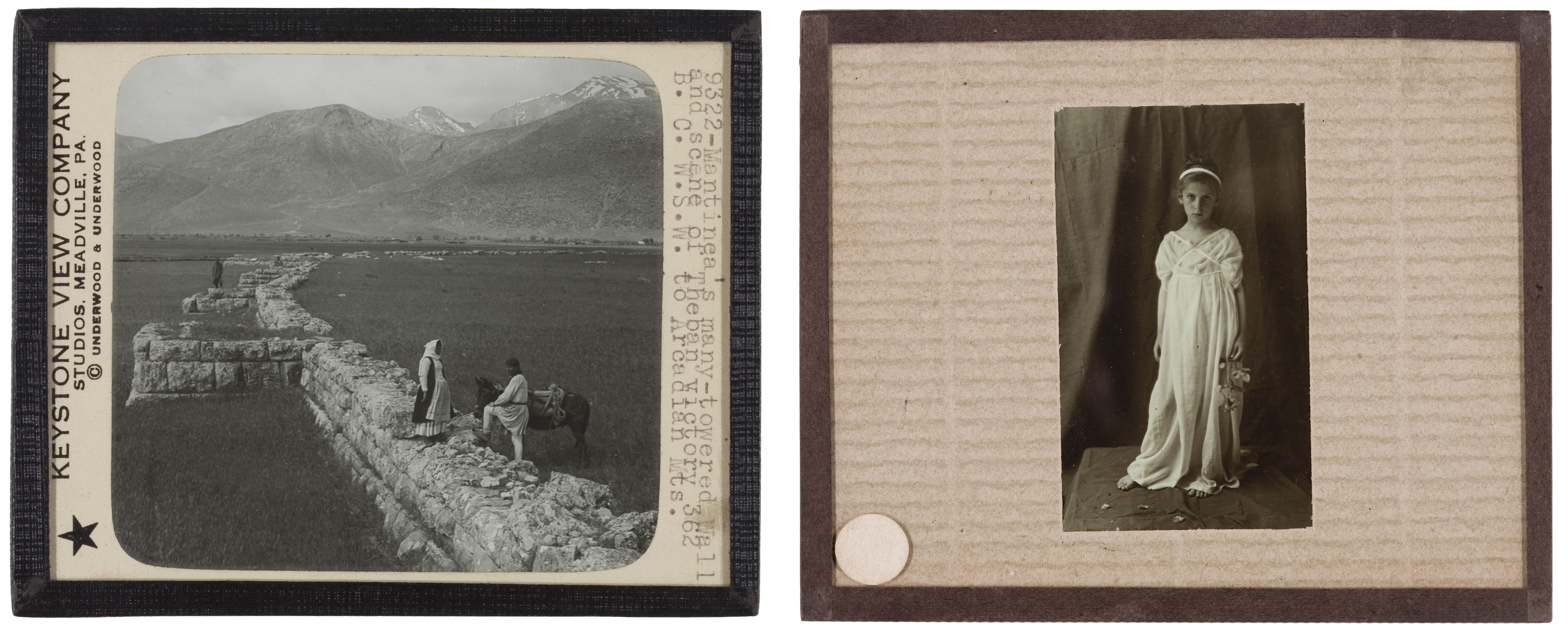
Transparencies came in standardized sizes and typically have a paper mat and a cover glass bound together with paper tape.
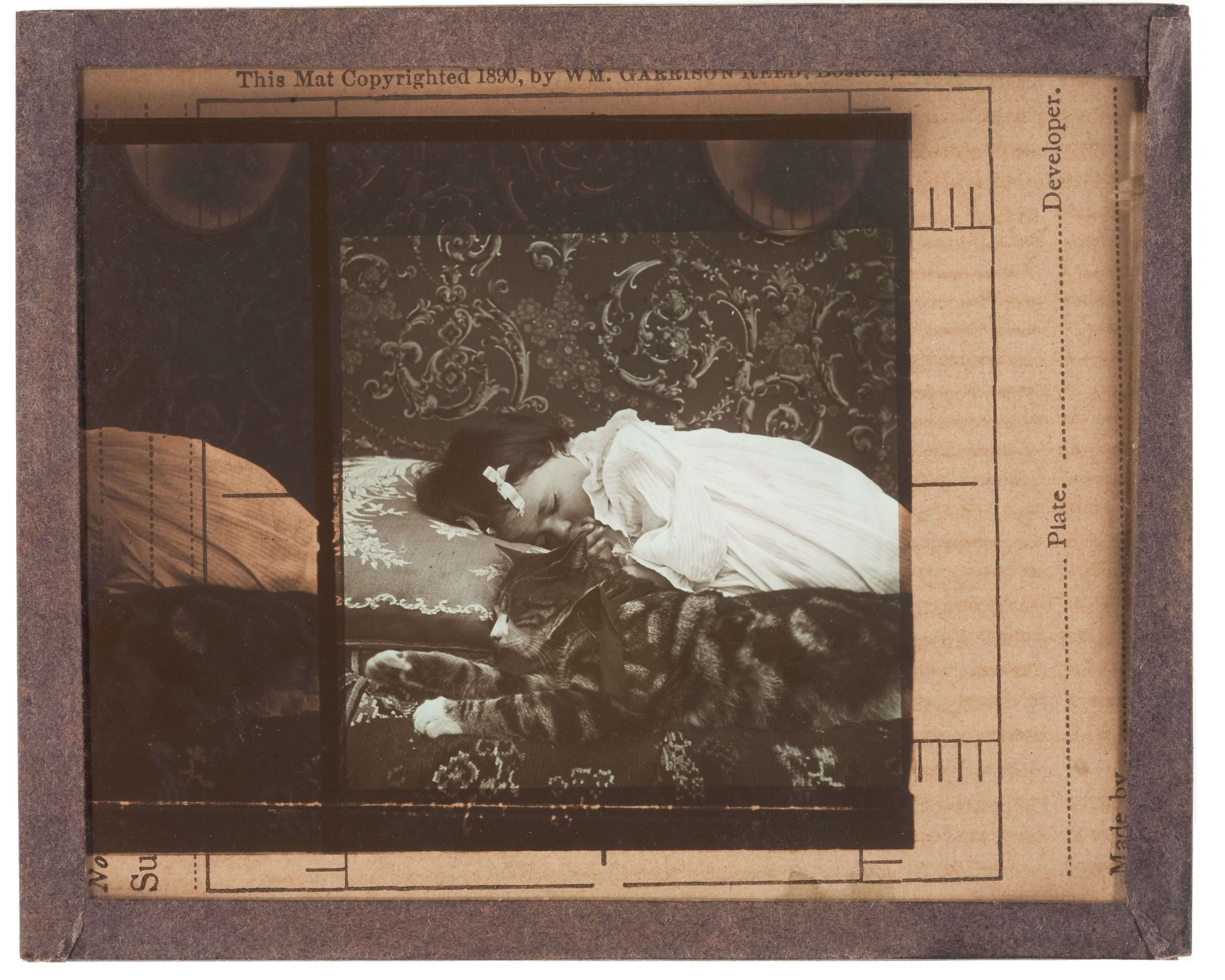
The mat was sometimes used as a mask. This image was originally taken as a stereoview but reproduced as a lantern slide.
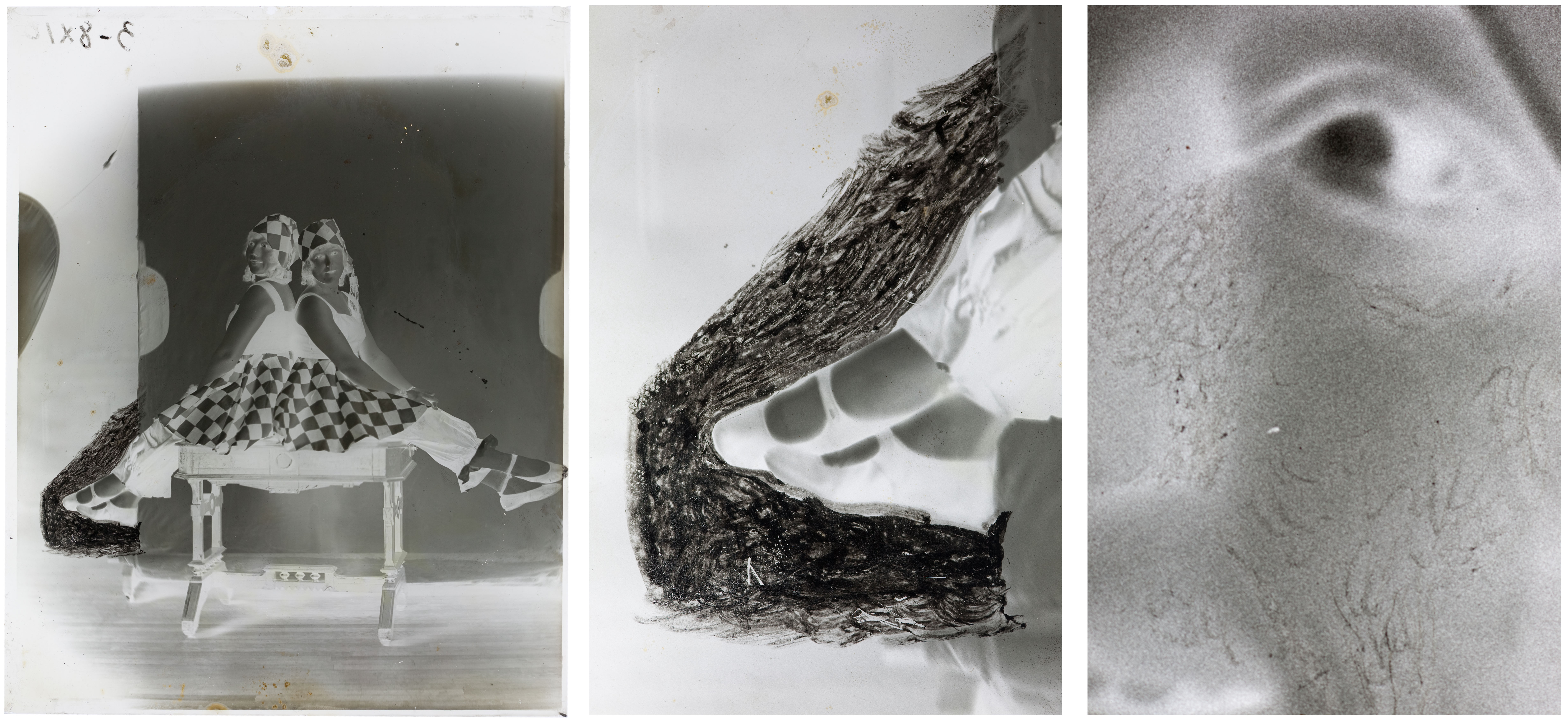
These are examples of additive retouching in which the negative was varnished and graphic as applied to create density and definition.

Transparencies may have hand applied color.
It is rare for information to be written on the negative itself, but common for information to be written on a paper storage envelope. Transparencies typically have information written on the mat or on an adhesive label on out outside of the cover glass.
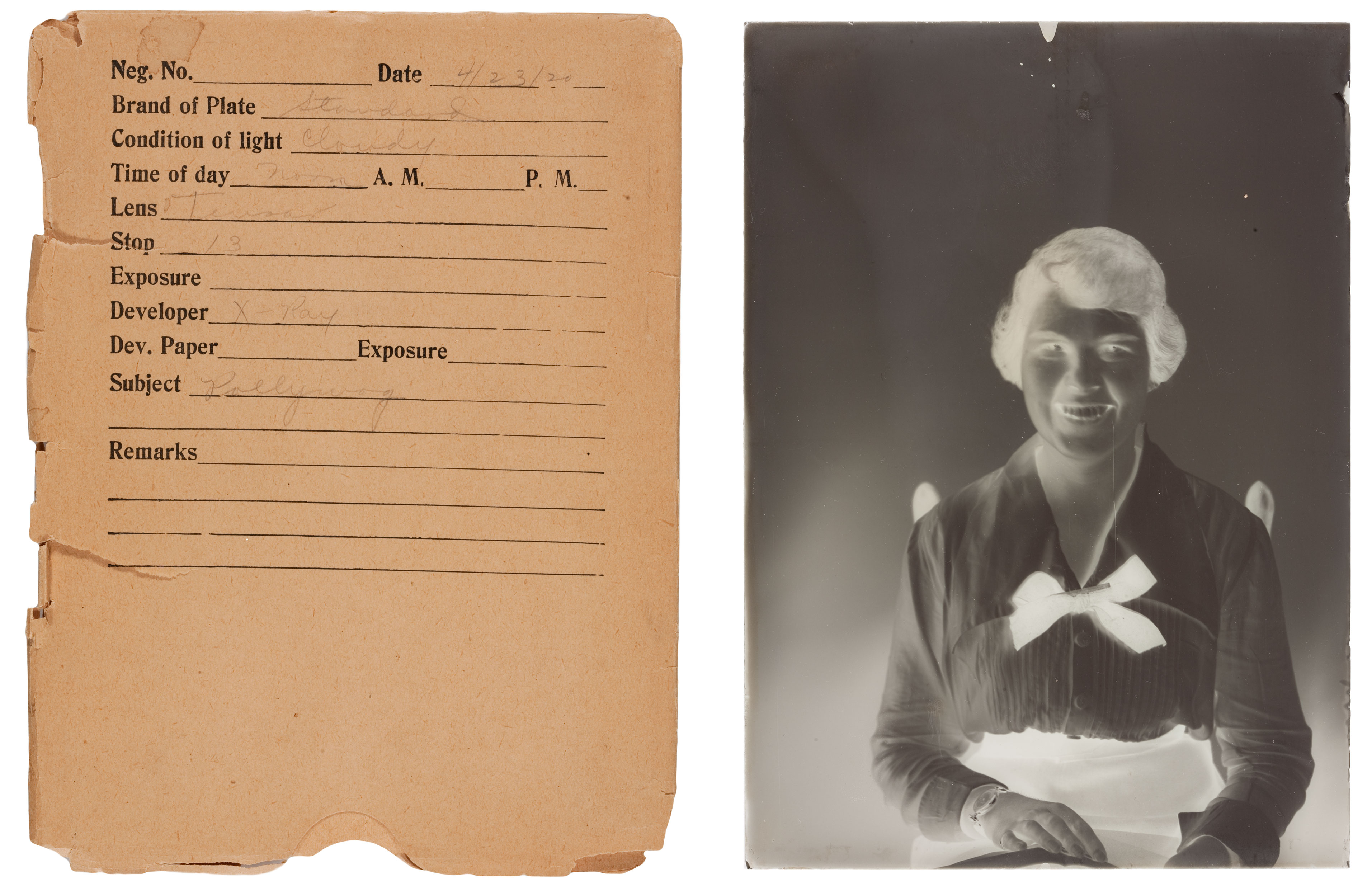
The original paper envelope for this plate has information written on it including the date, condition of light, time of day, exposure, f-stop, the developer used and the subject’s name.
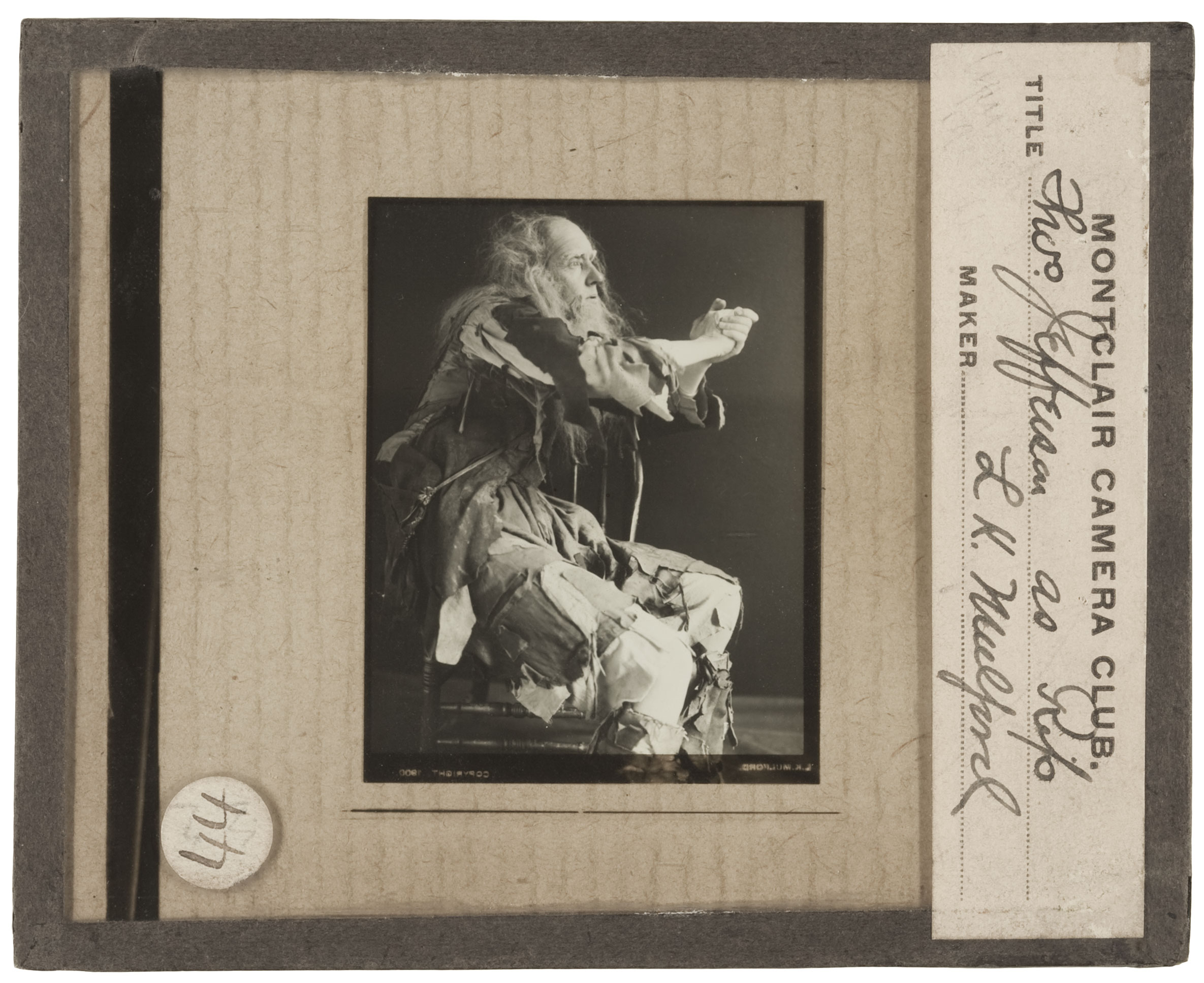
Information is typically written on adhesive labels or the mat of transparencies.